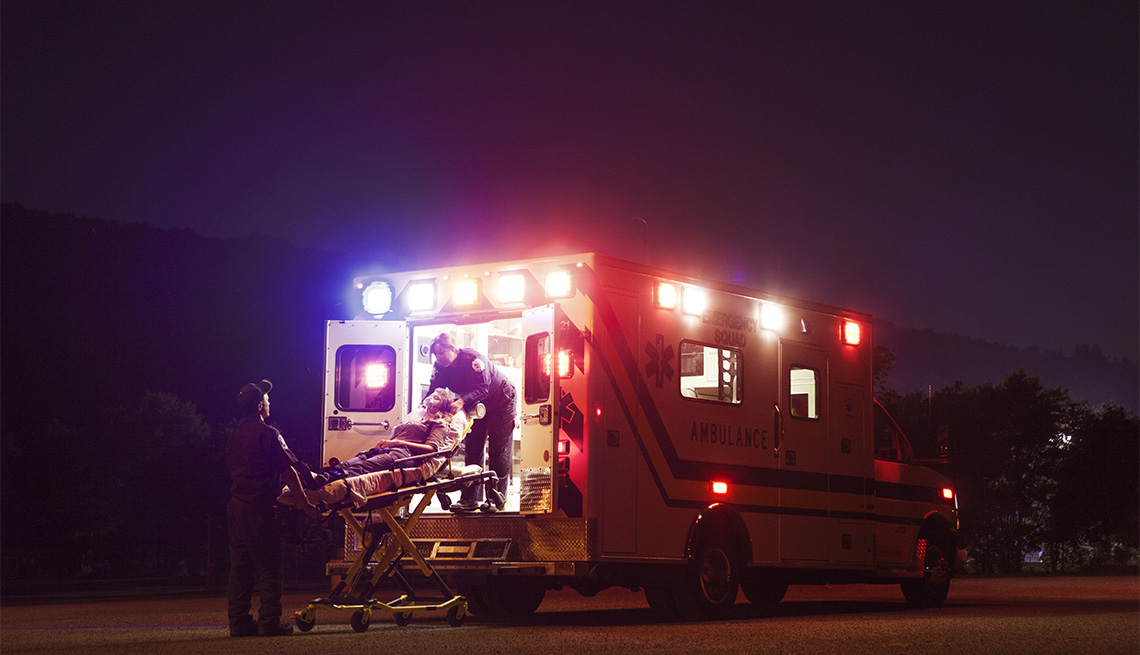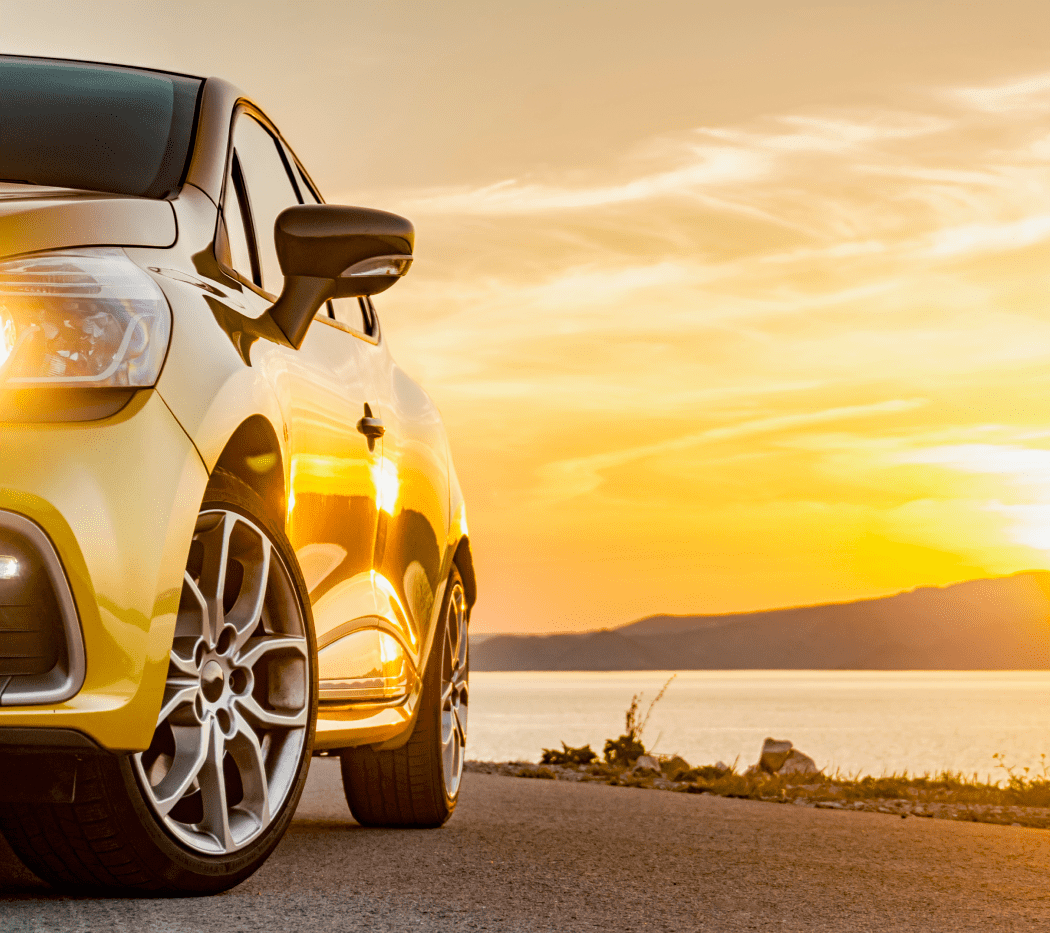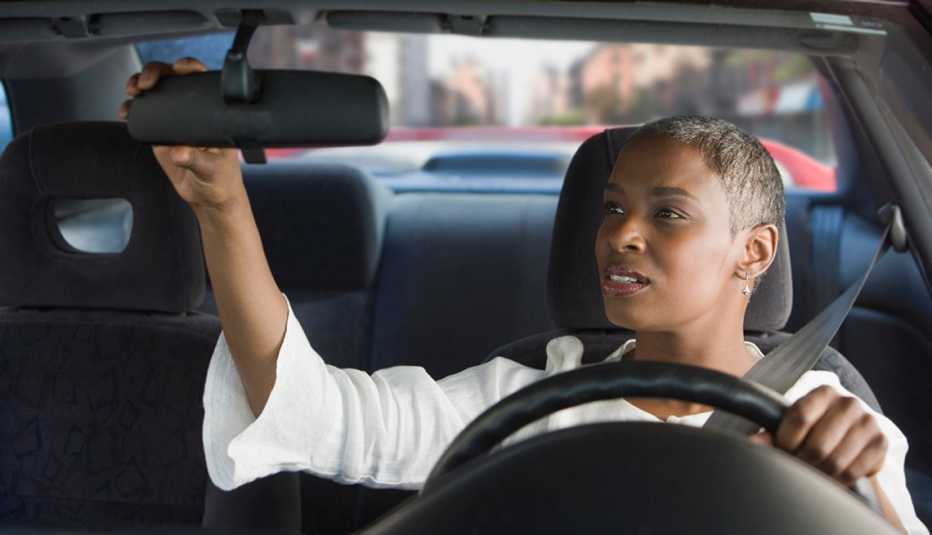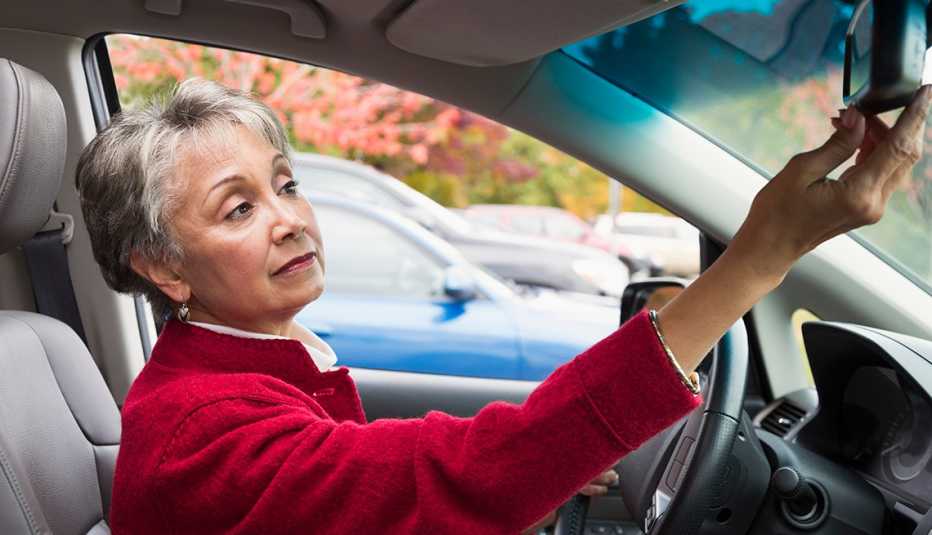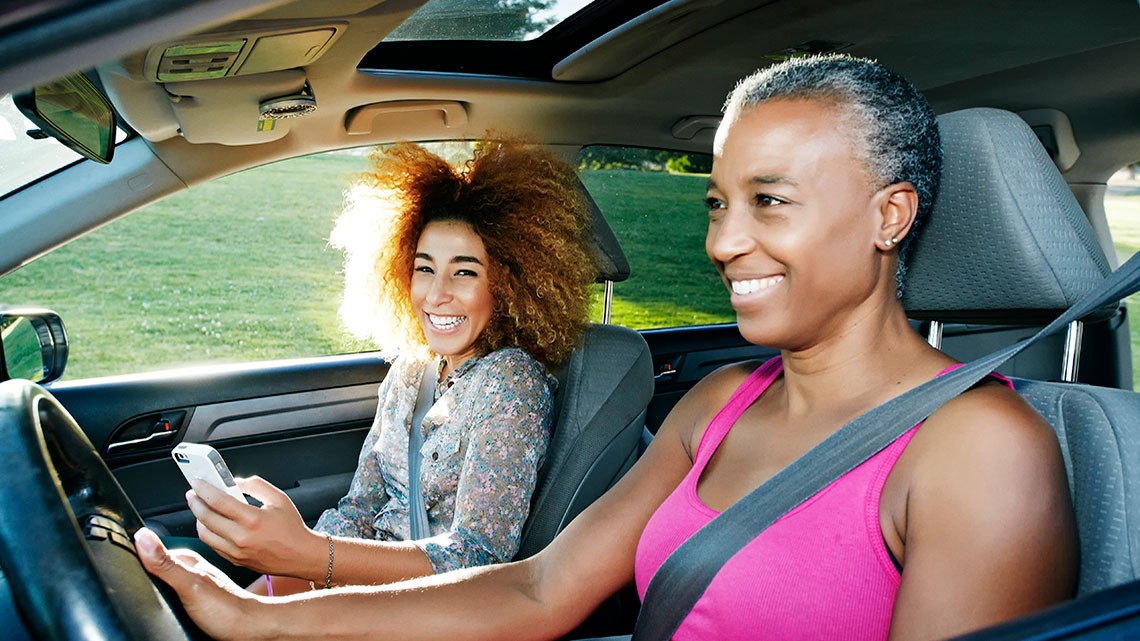Staying Fit
The consequences of walking while intoxicated can be as fatal as getting behind the wheel if you're not on the sidewalk, and in 2018 more pedestrians ages 45 to 64 died while drunk than any other age group, according to a report released Thursday.
In second place for pedestrian fatalities with a blood alcohol content of 0.08 percent or higher, the legal threshold for drunken driving, was the 55-to-64 age bracket, the Governors Highway Safety Association report showed.


AARP Membership— $12 for your first year when you sign up for Automatic Renewal
Get instant access to members-only products and hundreds of discounts, a free second membership, and a subscription to AARP the Magazine.
"Whether you are walking, driving, bicycling — whatever you're doing — if you choose to imbibe, drink alcohol, you've got to recognize that it impacts your reaction time, motor skills and a lot of other things,” said Pam Shadel Fischer, the association's senior director of external engagement and special projects. Although “you're not behind the wheel, you're impaired, and there's a potential for negative impact."
The total number of drunk pedestrians who died in wrecks was more than double the number of drunk drivers who killed people out for a walk, the study shows.
Using a ride-hailing app, calling a cab or even having a designated walker to help keep an inebriated person off the roadway all can work toward decreasing the number of drunk pedestrian fatalities, Fischer said.

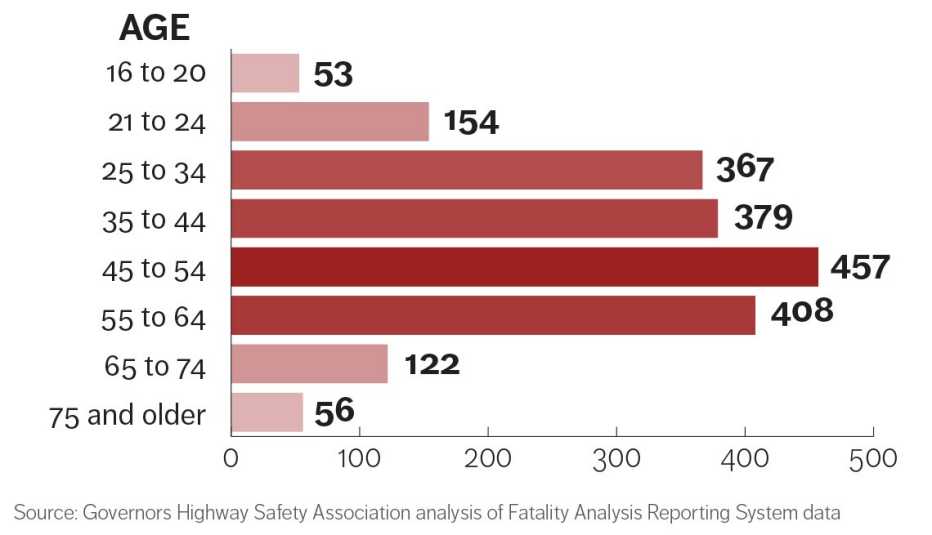
Pedestrian fatalities in general also grow
Walking while drunk isn't the only worry. Across the country, the number of pedestrian fatalities no matter the cause has increased by more than 50 percent in the past 10 years.
Using 2019 preliminary data from the U.S. government's National Highway Traffic Safety Administration, the Governors Highway Safety Association, a nonprofit based in Washington, D.C., estimates nearly 6,600 pedestrians died last year.
That's the highest number of pedestrian deaths in more than 30 years. In 2018, people ages 50 to 64 accounted for more than a quarter of pedestrian deaths, according to the federal government.
Not all states had rising pedestrian fatalities. The report suggests that demographic changes, drug use, economic conditions, fuel prices, population and weather can cause fluctuations.
In 30 states, the number of pedestrian deaths increased. Five states — Arizona, California, Florida, Georgia and Texas — accounted for nearly half of the deaths but have only about a third of the U.S. population.
California, Texas and Florida are the states with the highest numbers of residents 65 and older, according to 2018 Census Bureau estimates.
"I hate to say this, but as we get older and our bodies age, we have frailty issues,” Fischer said. “So if we are struck by a vehicle, there's a greater chance that we would be seriously injured or killed."
The estimated number of pedestrian deaths for the first half of 2019 ranged from one in Vermont to 519 in California. New Mexico had the highest rate of deaths per 100,000 residents.
Another factor that has contributed to the rise in pedestrian deaths: a trend to larger vehicles. Smartphones’ increase in popularity in the past decade also contributed to cognitive and visual distractions for everyone on the road, according to the report.
Walking at night hinders visibility
Night is far more dangerous for walkers than daylight. Substantially more than half of the deaths occur at night, when a driver's ability to see someone walking is the worst; the share of nighttime deaths has been steadily increasing for the past decade.



























































